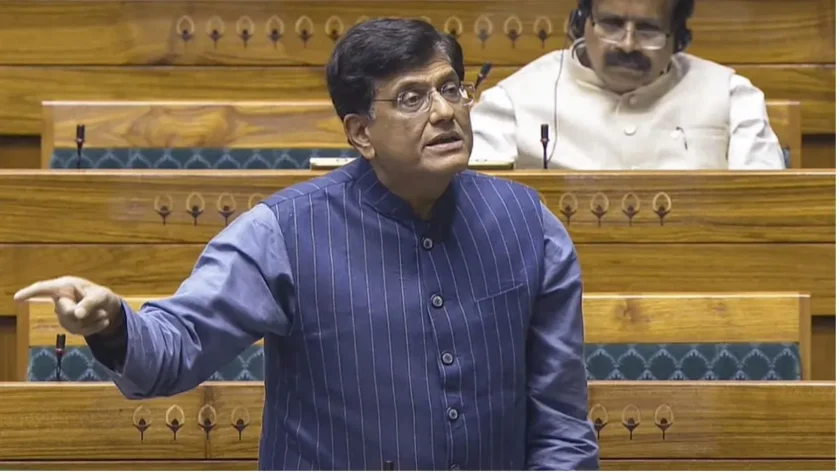Manoj Singh, Retd IAS, Ex ACS Govt of Uttar Pradesh
Lucknow: At first glance, the phrase “the meaning of meaning” might sound like a riddle or a philosophical puzzle. Yet it touches on one of the most profound questions in human thought: What is meaning? How do words, symbols, and gestures come to represent something beyond themselves? How do we know what someone means? And can meaning ever be universal, or is it always shifting?
This question has fascinated philosophers, linguists, psychologists, anthropologists, and artists for centuries—and continues to evolve in the age of AI, social media, and global communication.

1. The Core Idea: Meaning as Representation
At its most basic, meaning is the relationship between a sign and what it refers to. When we say “tree,” we’re using a sound (or a written symbol) to refer to a physical object in the world. But how does this link form? And why does it matter?

In 1923, philosophers C.K. Ogden and I.A. Richards wrote a seminal book titled The Meaning of Meaning, which proposed a “semantic triangle”:
Symbol (e.g., the word “tree”)
Referent (the actual tree)
Thought or reference (the mental concept of the tree)
They argued that meaning isn’t in the word or the object alone—it’s in the mental association between them.
2. Philosophical Perspectives
A. Plato and Ideal Forms
Plato believed that meanings are rooted in eternal, unchanging “Forms” or ideals. A “chair” refers to the perfect idea of chair-ness, not just the physical object.
B. Wittgenstein: Language Games
Ludwig Wittgenstein argued that meaning is use: the meaning of a word depends on how it’s used in a particular language game or context. The same word can have different meanings in different settings.
Example: “Bank” can mean a financial institution or the edge of a river, depending on context.
3. Linguistics: Structure and Difference
A. Saussure and the Sign
Swiss linguist Ferdinand de Saussure introduced the idea of the signifier (sound/image) and the signified (concept). Their relationship is arbitrary—there’s nothing about the sound “dog” that inherently means “canine animal.”
Meaning arises from difference—we know what “dog” means because it’s not “cat,” “fog,” or “dot.”
B. Chomsky vs. Meaning
While Noam Chomsky revolutionized linguistics with his theory of universal grammar, he famously showed that syntax can exist without meaning, as in the sentence:
“Colorless green ideas sleep furiously.”
It’s grammatically correct but semantically nonsensical.
4. Psychology and Meaning-Making
In psychology, especially cognitive and developmental psychology, meaning-making refers to how humans interpret experiences. Viktor Frankl, a Holocaust survivor and psychiatrist, argued that the search for meaning is a core human drive—even in suffering.
In cognitive science, meaning involves:

Mental models
Schema theory
Pattern recognition
We assign meaning not just to language but to events, symbols, and even silence.
5. Cultural and Social Meaning
In cultural anthropology, meaning is not fixed—it is constructed through practices, rituals, beliefs, and symbols.
Example: A cow means food in some societies and sacredness in others.
Example: Colors have different meanings—white is purity in the West, mourning in many Asian cultures.
Meaning is socially negotiated, and often contested. Think of national flags, religious icons, or protest symbols—their meanings depend entirely on context, history, and power.
6. Postmodernism: The Collapse of Stable Meaning
Thinkers like Derrida argued that meaning is never stable—it “differs and defers” in an endless chain of signs. This idea, called différance, suggests that meaning is always in flux, never fully present or complete.
This challenges the idea that words “contain” meaning at all. Instead, meaning becomes a process, a negotiation, a possibility.
7. In the Age of the Internet and AI
In today’s world, meaning is shaped by:
Memes (symbols that mutate rapidly),
Algorithms (that assign meaning to your behavior),
Translation apps,
AI-generated text (like this one).
Meaning now flows faster, breaks apart easier, and is shared across borders in ways never imagined before.
But with that speed comes confusion: miscommunication, disinformation, and cultural clashes over what things really mean.
Meaning as a Human Project
So, what is the meaning of meaning?
It’s not something that exists “out there,” waiting to be found. Meaning is constructed, relational, and contextual. It lives in our minds, our words, our cultures, and our relationships. It’s shaped by power, history, memory, and hope.
To ask about meaning is to ask not just about language—but about who we are, how we understand, and what we value.
As humans, we are meaning-makers. And in a world of shifting signs, perhaps the search for meaning is the most meaningful act of all.





